Home>Furniture & Design>Interior Design Trends>What Is Museum Glass
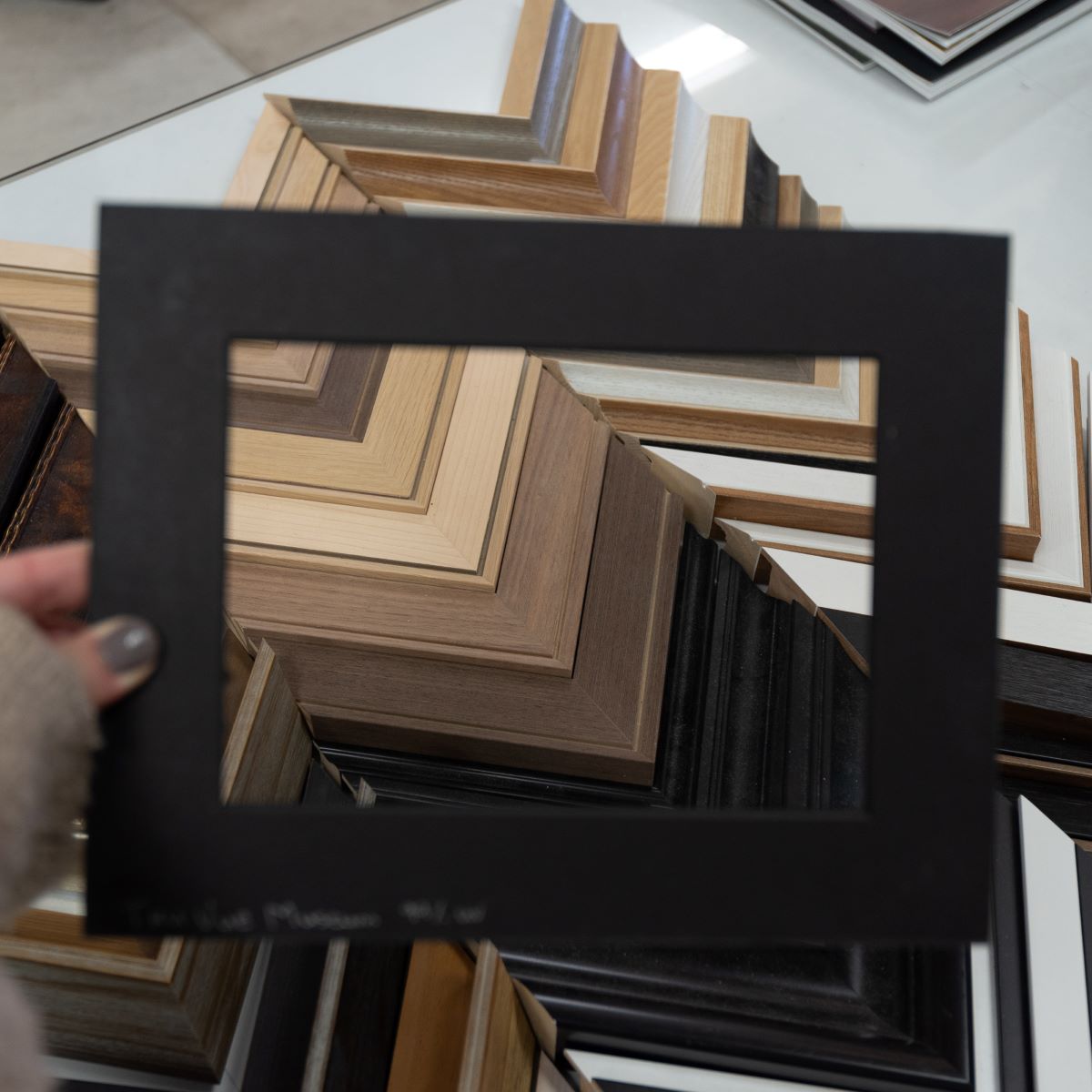

Interior Design Trends
What Is Museum Glass
Modified: February 7, 2024
Discover the latest interior design trend with Museum Glass, enhancing your space with its timeless elegance and sophistication. Explore the beauty and functionality of Museum Glass for a stylish and modern interior design.
(Many of the links in this article redirect to a specific reviewed product. Your purchase of these products through affiliate links helps to generate commission for Storables.com, at no extra cost. Learn more)
Introduction
Museum glass is a specialized type of glazing material that is designed to protect and enhance valuable artwork, photographs, and other precious items. It provides a high level of protection against damaging factors such as UV light, glare, and airborne pollutants, while also offering exceptional clarity to ensure optimal viewing of the displayed items.
Museum glass is a crucial component in preserving the integrity and longevity of valuable collections in museums, art galleries, and private collections. Its advanced features make it an indispensable choice for anyone seeking to safeguard and showcase their cherished pieces with the utmost care and consideration.
Key Takeaways:
- Museum glass protects valuable artwork from UV light and glare, preserving their beauty for years. Its anti-reflective properties enhance viewing, making it a must-have for art preservation.
- Caring for museum glass is crucial for sustaining its protective properties. Gentle cleaning and regular maintenance ensure long-term preservation of valuable collections.
Read more: How To Clean Museum Glass
Definition of Museum Glass
Museum glass, also known as conservation glass or anti-reflective glass, is a premium glazing option specifically engineered to protect and preserve valuable artwork, photographs, and other delicate items. It is meticulously crafted to provide a superior level of protection against various environmental factors that can compromise the integrity of displayed pieces. This specialized glass is designed to minimize the harmful effects of UV light, reduce glare, and shield against airborne pollutants, ensuring that the items remain in pristine condition for years to come.
The primary purpose of museum glass is to create an optimal viewing experience while safeguarding the items from potential damage. Unlike traditional glass, museum glass is formulated with advanced coatings that significantly reduce reflections, allowing viewers to appreciate the intricate details of the displayed pieces without distractions. Its anti-reflective properties enhance the clarity and depth of the artwork, providing an immersive viewing experience that closely resembles the original vision of the artist.
Furthermore, museum glass is adept at blocking harmful UV rays, which can cause fading and deterioration of colors over time. By effectively filtering out these damaging rays, the glass helps preserve the vibrancy and integrity of the displayed items, ensuring that they retain their original allure and value. This level of protection is particularly crucial for valuable and irreplaceable pieces, as it minimizes the risk of irreversible damage caused by prolonged exposure to UV radiation.
In essence, museum glass represents a pinnacle of innovation in glazing technology, offering a harmonious blend of protection and visual enhancement. Its ability to mitigate the detrimental impact of environmental elements while providing unparalleled clarity makes it an indispensable choice for preserving and showcasing prized collections in museums, galleries, and private settings. With its exceptional attributes, museum glass stands as a testament to the commitment to safeguarding the beauty and significance of cherished artworks and artifacts.
Characteristics of Museum Glass
Museum glass boasts a remarkable array of characteristics that set it apart as a premier glazing option for preserving and showcasing valuable artwork and artifacts. These distinctive features contribute to its unparalleled ability to safeguard delicate items while providing an optimal viewing experience. Here are the key characteristics of museum glass:
1. Anti-Reflective Properties
Museum glass is engineered with advanced coatings that effectively minimize reflections, ensuring that viewers can appreciate the intricate details of displayed pieces without distractions. By significantly reducing glare, the glass enhances the clarity and depth of the artwork, creating an immersive viewing experience that closely mirrors the original vision of the artist.
2. UV Protection
One of the most critical characteristics of museum glass is its ability to block harmful UV rays. This feature is essential for preserving the vibrancy and integrity of displayed items, as prolonged exposure to UV radiation can cause fading and deterioration of colors. By filtering out these damaging rays, museum glass helps mitigate the risk of irreversible damage, ensuring that valuable pieces retain their original allure and value.
Read more: What Is A Glass Cutter
3. Clarity and Transparency
Museum glass is renowned for its exceptional clarity and transparency, allowing for optimal viewing of displayed items. Its high-quality composition and precise manufacturing processes result in minimal distortion, enabling viewers to appreciate the true essence of the artwork or artifact without any compromise in visual fidelity.
4. Conservation Grade
As a conservation-grade glazing option, museum glass meets stringent standards for protecting valuable collections. It is designed to shield against airborne pollutants, moisture, and other environmental factors that can compromise the longevity and condition of delicate items. This characteristic underscores the glass's role in preserving the integrity and historical significance of the displayed pieces.
5. Durability and Longevity
Museum glass is engineered to be highly durable, capable of withstanding the rigors of long-term display and storage. Its robust construction ensures that it can effectively safeguard valuable items for extended periods, contributing to the longevity and preservation of the collections it protects.
6. Enhanced Aesthetics
Beyond its protective attributes, museum glass enhances the visual appeal of displayed items by offering exceptional clarity and color rendition. Its anti-reflective properties and superior light transmission contribute to a captivating viewing experience, allowing the true beauty and intricacies of the artwork or artifact to shine through.
In summary, the characteristics of museum glass collectively position it as an indispensable asset for preserving and showcasing valuable collections. Its anti-reflective properties, UV protection, clarity, conservation-grade composition, durability, and aesthetic enhancements make it a cornerstone of protection and visual enhancement in the realm of art preservation and display.
Read more: What Is Mineral Glass
Benefits of Using Museum Glass
Museum glass offers a myriad of compelling benefits that make it an indispensable choice for preserving and showcasing valuable artwork, photographs, and delicate items. Its advanced features and protective properties contribute to an unparalleled level of safeguarding while enhancing the visual appeal of displayed pieces. Here are the key benefits of using museum glass:
1. Preservation of Artistic Integrity
Museum glass provides a protective barrier against harmful UV rays, effectively minimizing the risk of color fading and deterioration of delicate artwork. By filtering out these damaging rays, the glass helps preserve the vibrancy and integrity of displayed items, ensuring that they retain their original allure and value. This preservation of artistic integrity is crucial for maintaining the true essence of the artwork over time.
2. Enhanced Viewing Experience
The anti-reflective properties of museum glass significantly reduce glare and reflections, allowing viewers to appreciate the intricate details of displayed pieces without distractions. This enhances the clarity and depth of the artwork, creating an immersive viewing experience that closely mirrors the original vision of the artist. The exceptional clarity and transparency of the glass further contribute to an optimal viewing experience, enabling viewers to engage with the displayed items in their truest form.
3. Protection Against Environmental Factors
As a conservation-grade glazing option, museum glass shields valuable collections against airborne pollutants, moisture, and other environmental factors that can compromise their longevity and condition. This level of protection is essential for safeguarding delicate items from potential damage, ensuring that they remain in pristine condition for years to come. By creating a controlled environment for the displayed pieces, museum glass plays a pivotal role in preserving their historical significance and cultural value.
Read more: What Is Insulated Glass
4. Long-Term Preservation
The durability and longevity of museum glass make it an ideal choice for long-term preservation of valuable collections. Its robust construction and ability to withstand the rigors of display and storage contribute to the sustained protection of delicate items, allowing them to be showcased and cherished for generations. This long-term preservation ensures that the beauty and significance of the displayed pieces endure over time, contributing to their lasting legacy.
5. Aesthetic Enhancement
Beyond its protective attributes, museum glass enhances the visual appeal of displayed items by offering exceptional clarity and color rendition. Its anti-reflective properties and superior light transmission contribute to a captivating viewing experience, allowing the true beauty and intricacies of the artwork or artifact to shine through. This aesthetic enhancement elevates the presentation of valuable collections, captivating viewers and highlighting the inherent value of the displayed pieces.
In essence, the benefits of using museum glass encompass a harmonious blend of protection, preservation, and visual enhancement. Its ability to safeguard delicate items, preserve their artistic integrity, and elevate the viewing experience underscores its pivotal role in the realm of art preservation and display. By choosing museum glass, individuals and institutions alike can ensure that their valuable collections are not only protected but also presented in the most compelling and visually captivating manner.
Types of Museum Glass
When it comes to selecting museum glass for the protection and display of valuable artwork and artifacts, individuals and institutions have access to a diverse range of options, each offering unique characteristics and benefits. Understanding the different types of museum glass is essential for making an informed choice that aligns with specific preservation and presentation needs. Here are the primary types of museum glass available in the market:
1. Anti-Reflective Museum Glass
Anti-reflective museum glass, also known as non-glare museum glass, is designed to minimize reflections and glare, providing viewers with an unobstructed view of displayed items. This type of glass features advanced coatings that significantly reduce surface reflections, allowing for enhanced clarity and optimal viewing conditions. Its anti-reflective properties make it an ideal choice for minimizing distractions and ensuring that the intricate details of artwork and artifacts are fully appreciated.
Read more: What Is A Glass Ceiling
2. UV-Filtering Museum Glass
UV-filtering museum glass is specifically engineered to block harmful UV rays, offering unparalleled protection against the damaging effects of UV light. By effectively filtering out these rays, this type of glass helps preserve the vibrancy and integrity of displayed items, minimizing the risk of color fading and deterioration. It is a crucial choice for safeguarding valuable collections from the long-term impact of UV radiation, ensuring that the true essence of the artwork remains intact.
3. Museum-Grade Acrylic
Museum-grade acrylic, also referred to as acrylic glazing, provides a lightweight and shatter-resistant alternative to traditional glass. This type of glazing material offers exceptional clarity and UV protection while being significantly lighter and more durable than glass. Museum-grade acrylic is an ideal choice for large-scale displays and installations, offering enhanced safety and ease of handling without compromising on protective and visual enhancement properties.
4. Reflection Control Museum Glass
Reflection control museum glass is engineered to minimize surface reflections and glare, ensuring optimal viewing conditions for displayed items. This type of glass is particularly effective in environments with challenging lighting conditions, as it helps reduce distractions and enhances the clarity and depth of the artwork or artifact. Its ability to control reflections makes it a valuable choice for creating immersive and captivating viewing experiences.
5. Museum-Grade Optically Coated Glass
Museum-grade optically coated glass represents a premium glazing option that combines anti-reflective properties with exceptional clarity and UV protection. This type of glass is meticulously engineered to provide the highest level of protection and visual enhancement, making it an ideal choice for preserving and showcasing the most valuable and delicate collections. Its advanced coatings and precision manufacturing processes ensure uncompromised clarity and preservation of artistic integrity.
In summary, the diverse types of museum glass cater to a wide spectrum of preservation and presentation needs, offering specialized features that address specific challenges and requirements. Whether seeking anti-reflective properties, UV protection, lightweight durability, or unparalleled clarity, individuals and institutions can select the most suitable type of museum glass to safeguard and showcase their valuable collections with utmost care and consideration.
Read more: What Is Glass Art?
How to Care for Museum Glass
Caring for museum glass is essential to ensure its longevity and effectiveness in preserving and showcasing valuable artwork and artifacts. Proper maintenance and cleaning practices are crucial for sustaining the protective and visual enhancement properties of museum glass. Here are the key steps and considerations for caring for museum glass:
-
Gentle Cleaning: When cleaning museum glass, it is important to use gentle and non-abrasive cleaning materials to avoid scratching or damaging the surface. Microfiber cloths or soft, lint-free cotton cloths are ideal for removing dust and smudges without leaving behind lint or residue.
-
Use Recommended Cleaners: It is advisable to use cleaners specifically formulated for glass and recommended for use with museum glass. Avoid using harsh chemicals, ammonia-based cleaners, or abrasive substances that can compromise the integrity of the glass or its protective coatings.
-
Regular Dusting: Regular dusting of museum glass is essential to prevent the accumulation of debris and particles that can obscure the clarity of displayed items. Using a soft brush or a can of compressed air can effectively remove dust from the surface of the glass without causing damage.
-
Avoid Excessive Pressure: When cleaning museum glass, it is important to avoid applying excessive pressure, especially when dealing with stubborn stains or residues. Gentle and consistent motions are recommended to avoid inadvertently scratching or damaging the glass.
-
Check for Damage: Periodically inspect the museum glass for any signs of damage, such as scratches, chips, or cracks. Addressing any issues promptly can prevent further deterioration and ensure that the glass continues to provide optimal protection and visual enhancement.
-
Protect the Edges: When handling museum glass, it is important to take precautions to protect the edges from chipping or damage. Using edge protectors or handling the glass with care can help maintain its structural integrity and longevity.
-
Professional Maintenance: For comprehensive care and maintenance of museum glass, consider engaging professional conservators or glass maintenance experts. They can provide specialized cleaning, inspection, and maintenance services to ensure the continued effectiveness of the glass in preserving valuable collections.
By following these care guidelines, individuals and institutions can uphold the integrity and protective properties of museum glass, ensuring that it continues to safeguard and showcase valuable artwork and artifacts with the highest level of care and consideration. Proper maintenance and cleaning practices are essential for sustaining the clarity, UV protection, and anti-reflective properties of museum glass, contributing to the long-term preservation and visual enhancement of displayed items.
Conclusion
In conclusion, museum glass stands as a pinnacle of innovation in the realm of art preservation and display, offering a harmonious blend of protection, preservation, and visual enhancement. Its advanced characteristics, including anti-reflective properties, UV protection, exceptional clarity, and conservation-grade composition, position it as an indispensable asset for safeguarding valuable collections. By choosing museum glass, individuals and institutions alike can ensure that their cherished artwork, photographs, and delicate items are not only protected from environmental factors but also presented in the most compelling and visually captivating manner.
The benefits of using museum glass extend far beyond mere protection, encompassing the preservation of artistic integrity, enhanced viewing experiences, and long-term safeguarding of valuable collections. Its ability to mitigate the detrimental impact of UV light, reduce reflections and glare, and shield against airborne pollutants underscores its pivotal role in maintaining the longevity and historical significance of displayed pieces. Moreover, the aesthetic enhancement provided by museum glass elevates the visual appeal of artwork and artifacts, captivating viewers and highlighting the inherent value of the displayed items.
The diverse types of museum glass cater to a wide spectrum of preservation and presentation needs, offering specialized features that address specific challenges and requirements. Whether seeking anti-reflective properties, UV protection, lightweight durability, or unparalleled clarity, individuals and institutions can select the most suitable type of museum glass to safeguard and showcase their valuable collections with utmost care and consideration.
Furthermore, caring for museum glass through gentle cleaning, the use of recommended cleaners, regular dusting, and professional maintenance is essential for sustaining its protective and visual enhancement properties. By adhering to proper maintenance practices, individuals and institutions can ensure that museum glass continues to provide optimal protection and clarity, contributing to the long-term preservation and visual enhancement of displayed items.
In essence, museum glass serves as a testament to the commitment to safeguarding the beauty and significance of cherished artworks and artifacts. Its role in creating a controlled and visually captivating environment for valuable collections underscores its indispensable nature in the realm of art preservation. By embracing the advanced features and benefits of museum glass, individuals and institutions can uphold the integrity and legacy of their collections, ensuring that the true essence of the displayed pieces endures for generations to come.
Frequently Asked Questions about What Is Museum Glass
Was this page helpful?
At Storables.com, we guarantee accurate and reliable information. Our content, validated by Expert Board Contributors, is crafted following stringent Editorial Policies. We're committed to providing you with well-researched, expert-backed insights for all your informational needs.
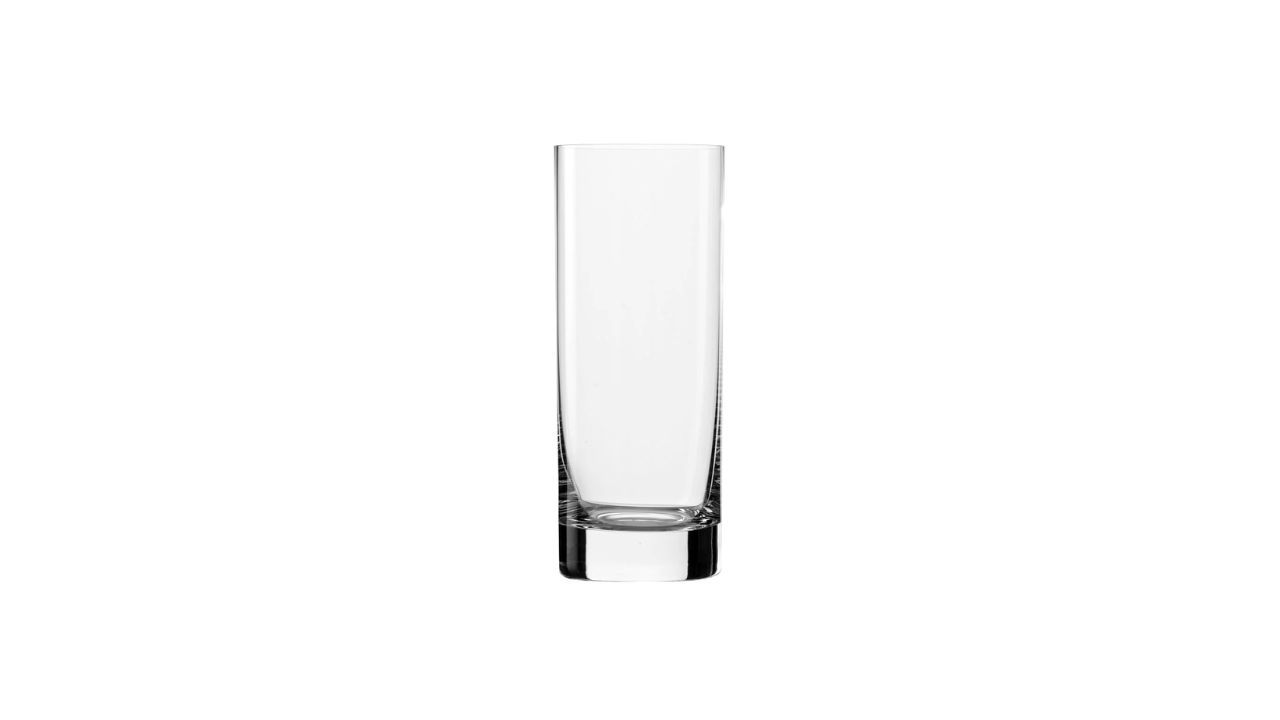

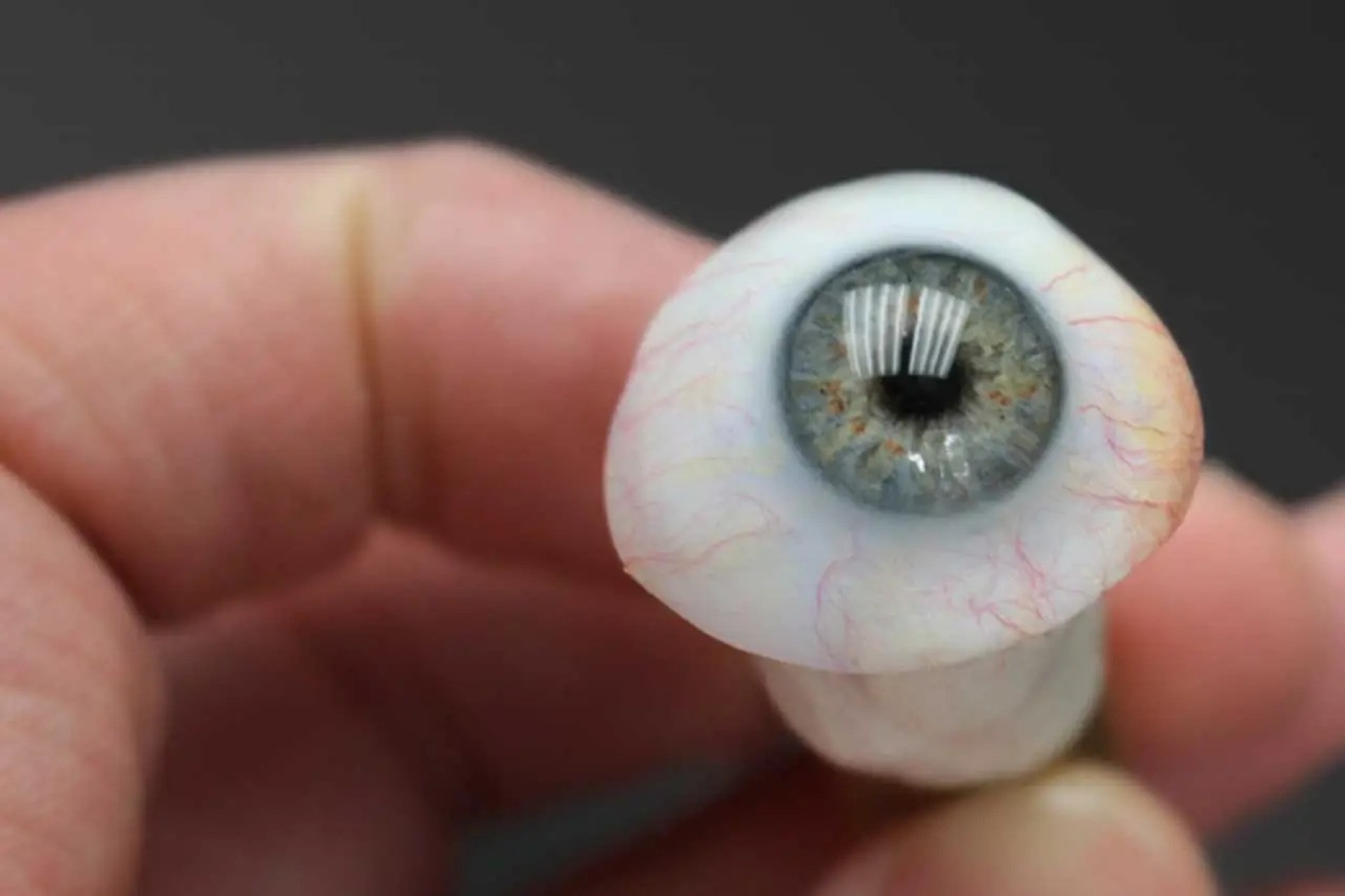
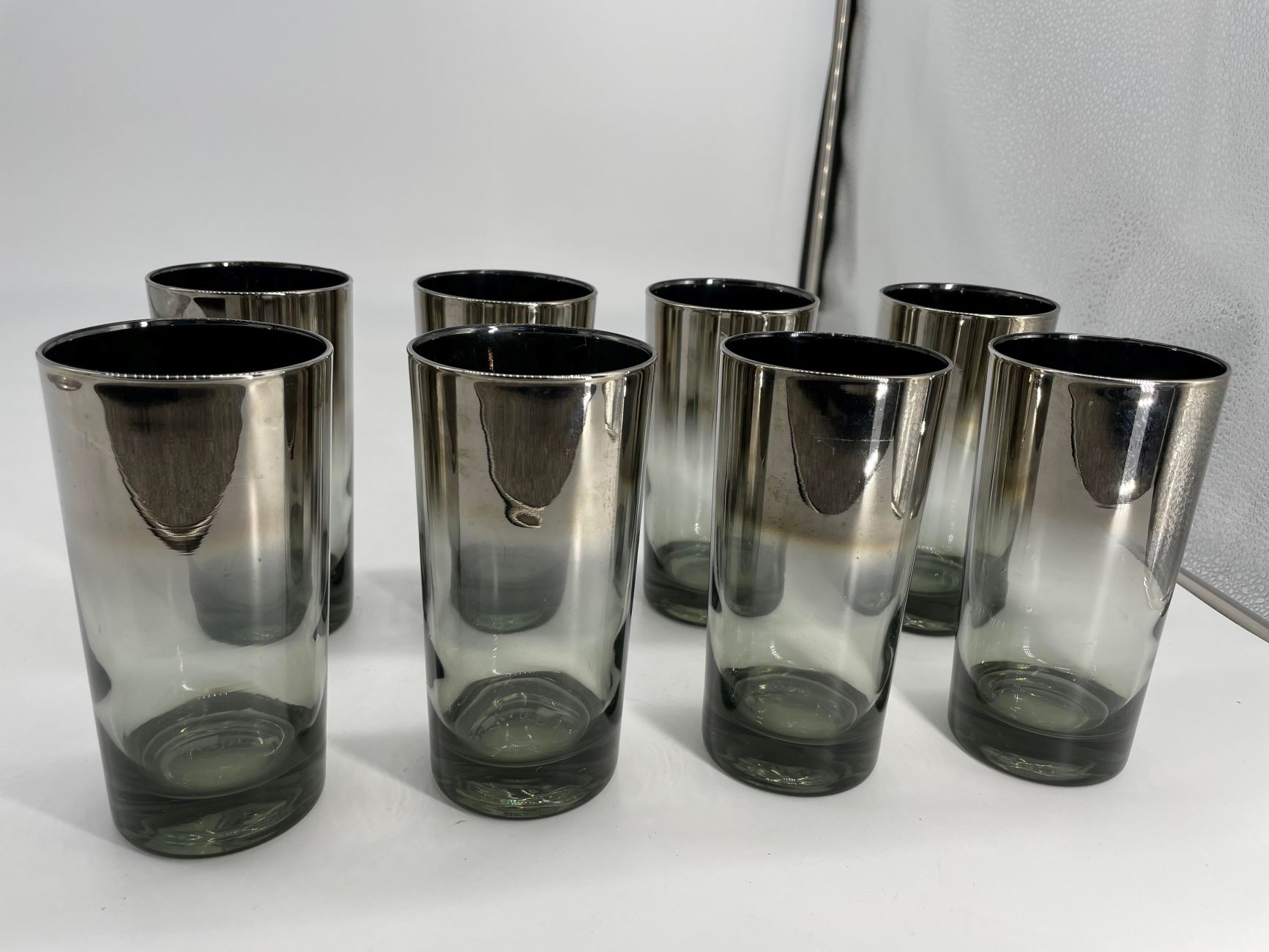
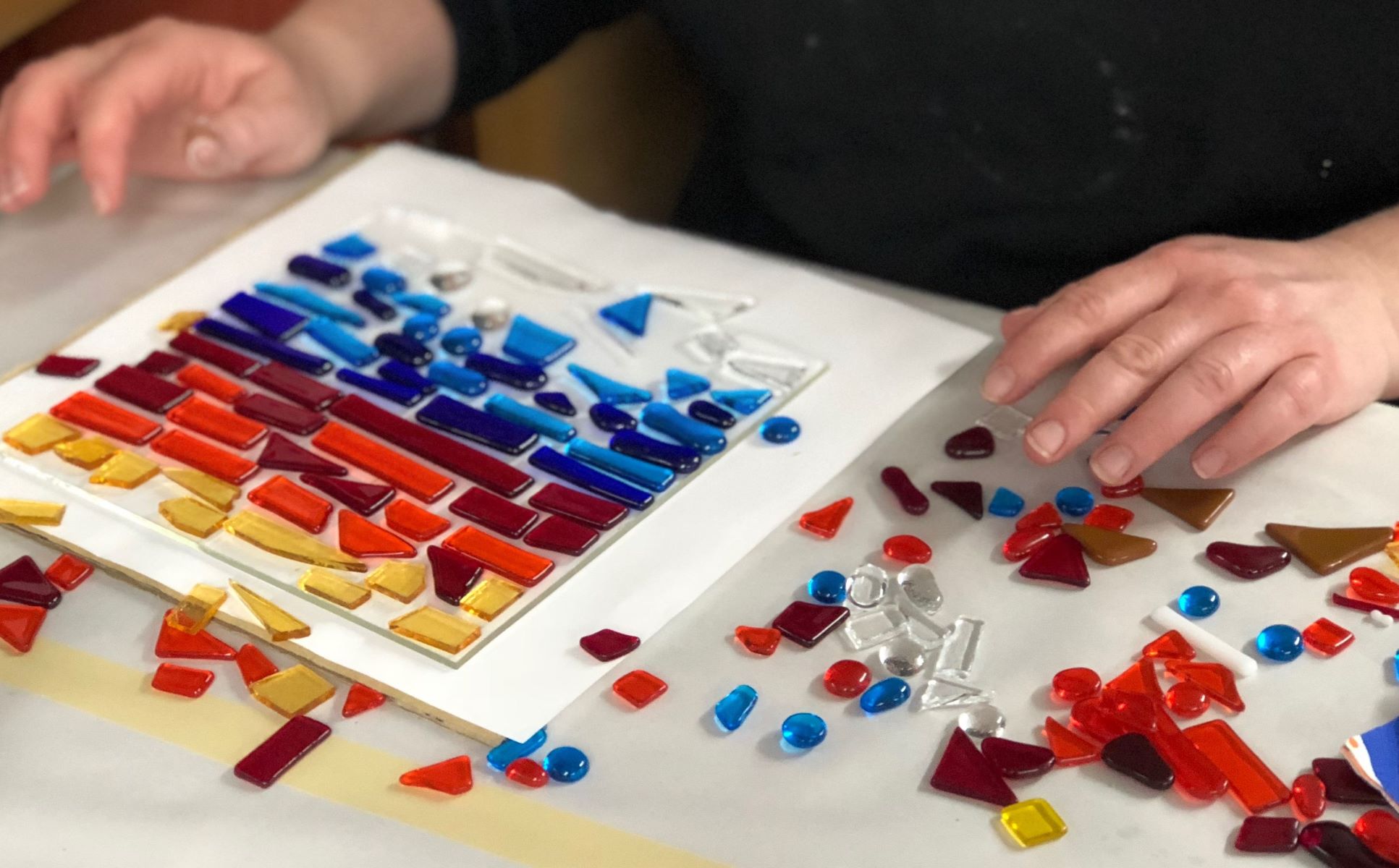
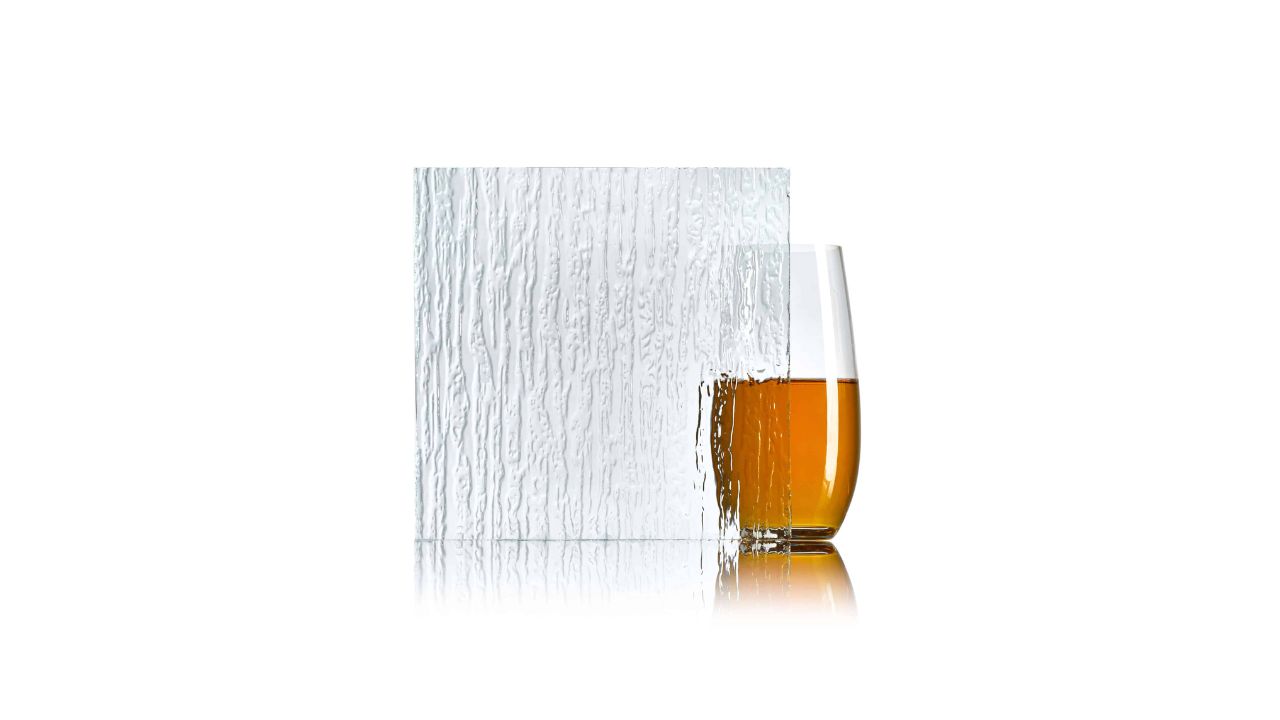
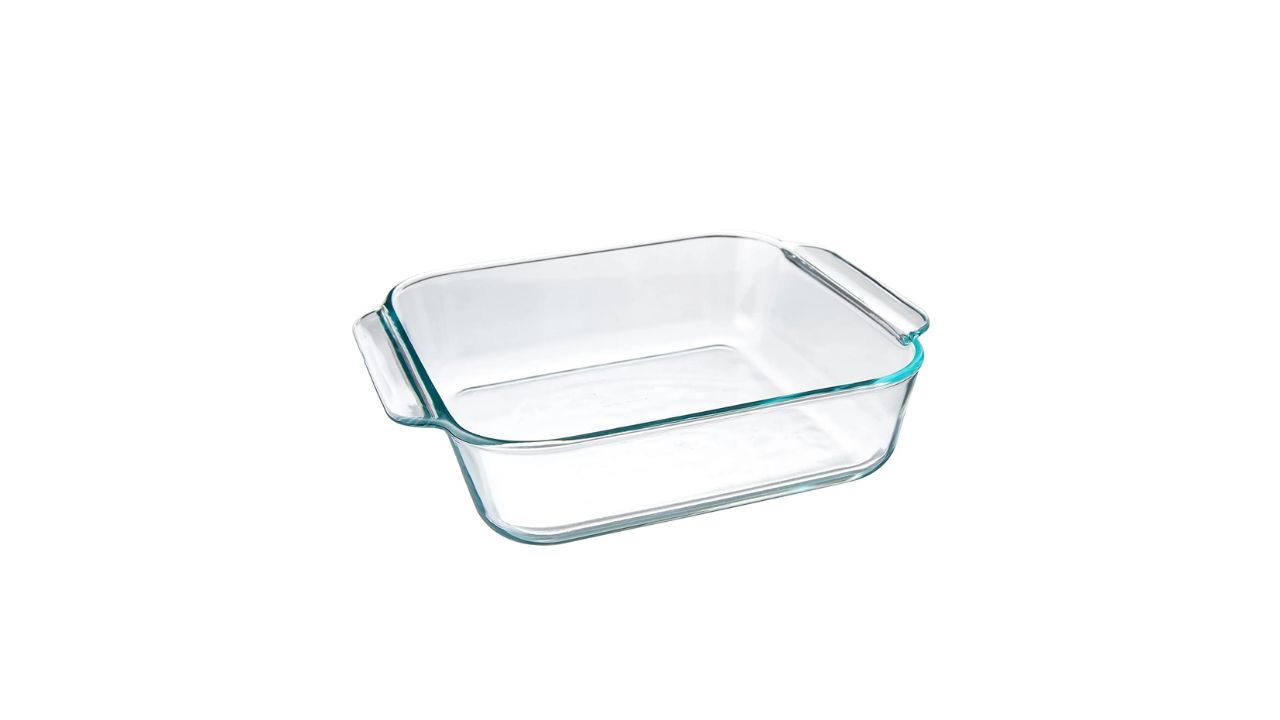

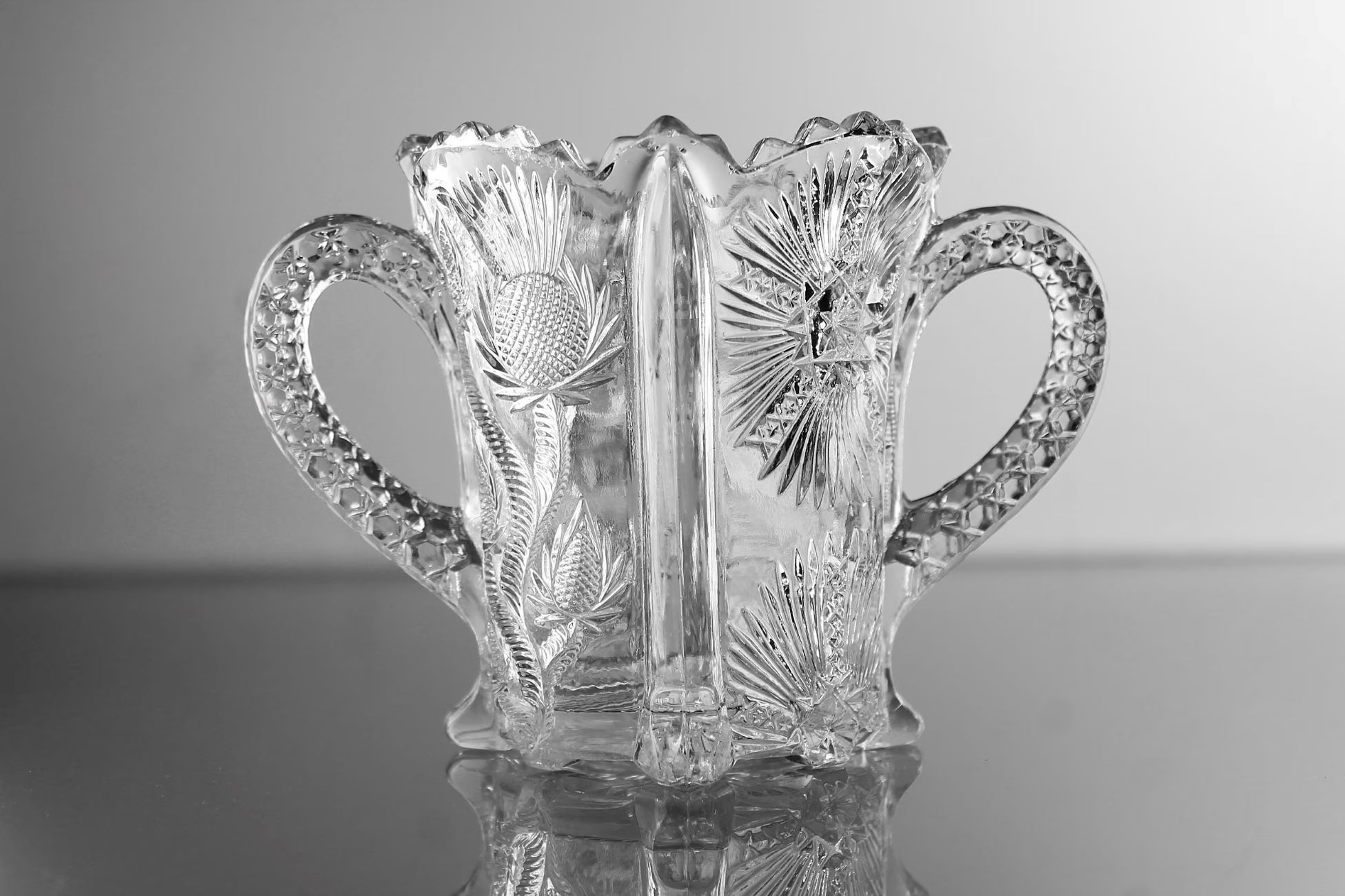
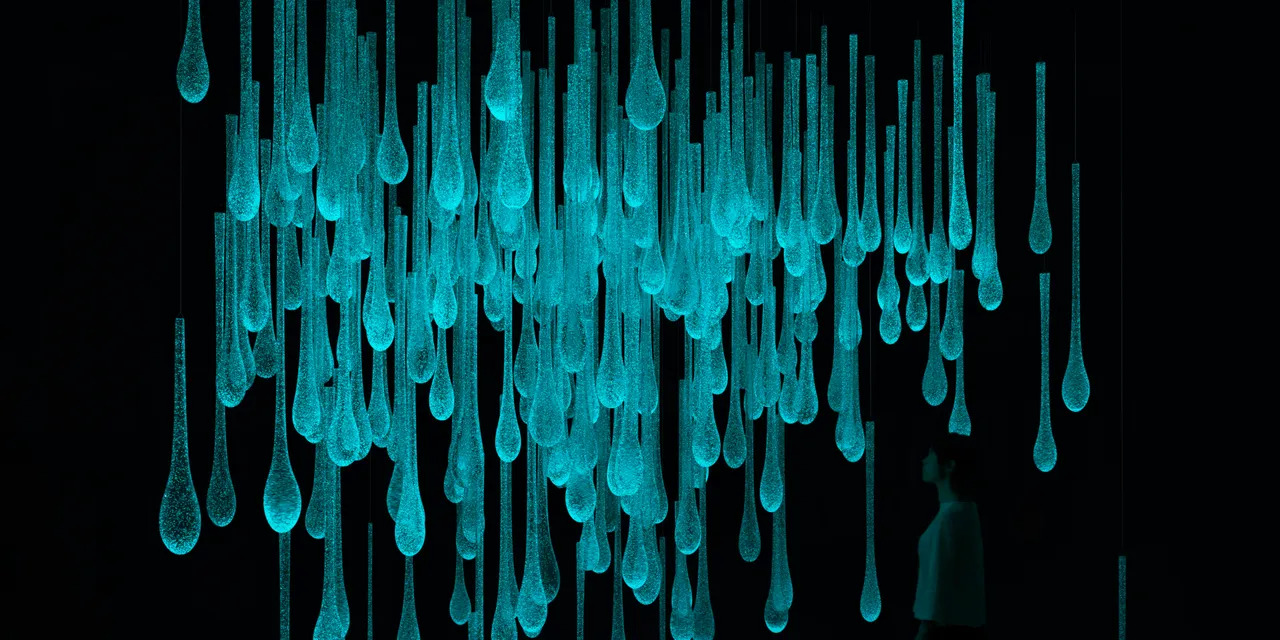

0 thoughts on “What Is Museum Glass”